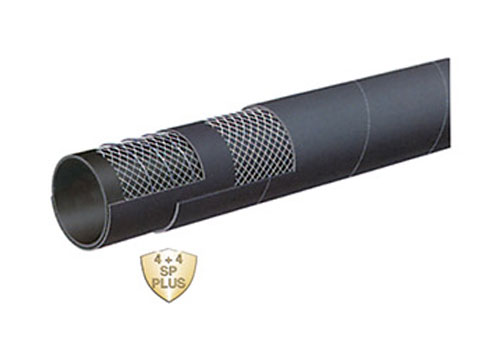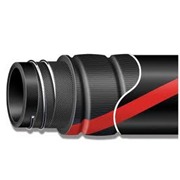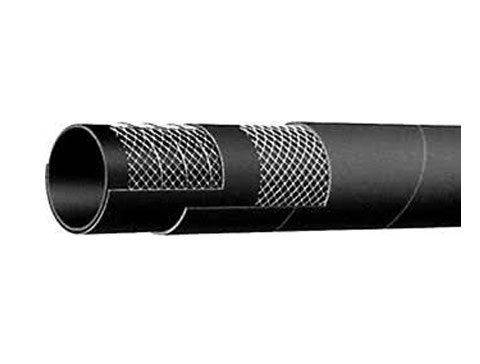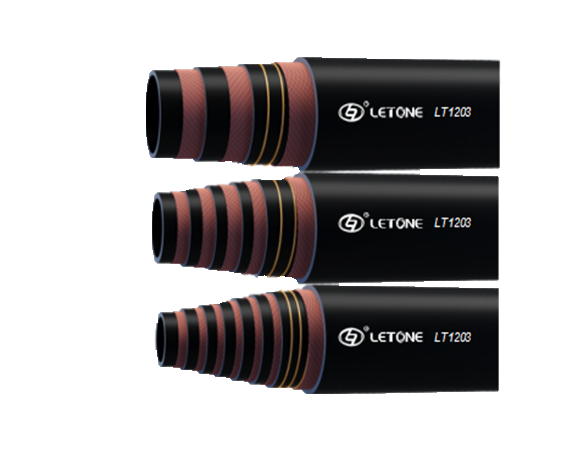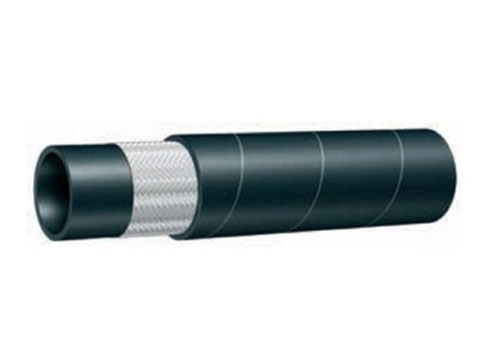Selecting a Suction and Discharge Hose
release date:2023-12-28 15:24:14
reading volume:
share:
It is important to consider the following factors when choosing a suction or discharge hose: its internal and exterior diameters, maximum working pressure, minimum burst pressure, weight per mile, and bend radius. In addition to internal and external diameter, a hose's length depends on the type of application. The interactive tables available on product pages can help you determine the hose's size and length.
Suction and discharge hose
Suction and discharge hoses can be used in a variety of applications. These hoses are ideal for specific tasks because of their many features. They are available in many sizes and different compounds. Some hoses have a greater strength than others, and are better suited for demanding applications. A suction discharge hose that is designed for oil and water will be different from one that is designed for water.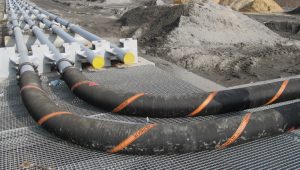 Suction and discharge hoses are semi-rigid and are constructed from a combination of PVC and rubber compounds. They feature spiral reinforcement to keep them from collapsing. They can be used to transfer oil, fuel and food from non-pressurized sources. They are also ideal for emergency situations, where they can be used to help lower flood levels or fight fires.
Suction and discharge hoses come in many colors and are ideal for a variety of applications. Green hoses are the most popular, but there are other types. White hoses are used for sanitation, while blue hoses are used for chemical and fuel-resistant applications.
Suction and discharge hoses are semi-rigid and are constructed from a combination of PVC and rubber compounds. They feature spiral reinforcement to keep them from collapsing. They can be used to transfer oil, fuel and food from non-pressurized sources. They are also ideal for emergency situations, where they can be used to help lower flood levels or fight fires.
Suction and discharge hoses come in many colors and are ideal for a variety of applications. Green hoses are the most popular, but there are other types. White hoses are used for sanitation, while blue hoses are used for chemical and fuel-resistant applications.

